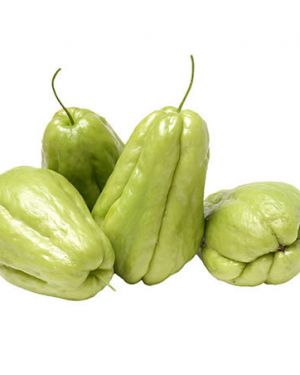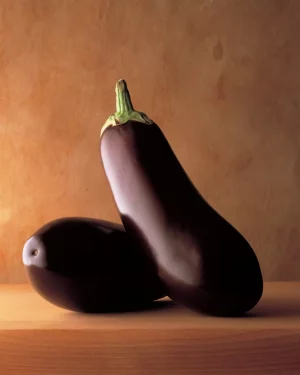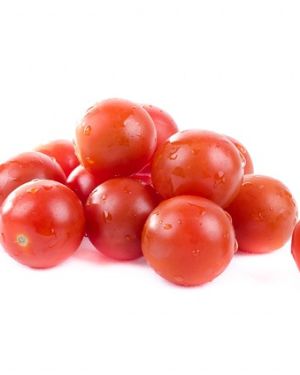Chinese cabbage (brede petsai) has firmly packed, crinkly, pale green, thickly veined leaves and a white stalk (hence the alternative name “celery cabbage”). Because of the vegetable’s resistance to cold, the chinese cabbage (brede petsai) has become popular throughout the world, especially in the northern regions of the globe. Napa cabbage is easy to prepare and, due to its increased use, is relatively easy to find. Chinese cabbage (brede petsai) is a perfect vegetable choice if you’re on a budget or feeding a crowd. It’s nutritious, inexpensive when compared to a lot of other vegetables, and it’s filling. It’s also rated by gardeners as a vegetable that’s easy to grow.
How to Cook With Chinese Cabbage (brede petsai)
Napa cabbage can be eaten raw in salads. It has high water content and takes on a sweet and juicy flavor when cooked, picking up other flavors from the food it’s cooked with. Since it softens as well, it’s frequently added to stir-fries and soups in the last stages of cooking.
Be sure to thoroughly rinse napa cabbage before preparing it. Allow it to drain in a colander. You will also want to remove the stem, cutting the bottom inch or so from the base of the plant. You can either cut the entire head in half lengthwise or leave it whole before chopping it into strips. Depending on how it’s to be used, another option is to pull off individual leaves, as you would green cabbage.
In addition to incorporating it into traditional Chinese recipes, you can also use napa cabbage to line a bamboo steamer. This will help prevent food from sticking to the bottom when cooking.
Storage
Store chinese cabbage (brede petsai) in plastic wrap because you’ll rarely find a head that fits in plastic storage bags. It will keep well in the crisper section of the refrigerator for about three days. If you plan on cooking it, you may be able to get away with a longer period of time. The cabbage has gone bad when you notice spots on the leaves. At this stage, it will be bitter and should not be eaten.











Reviews
There are no reviews yet.